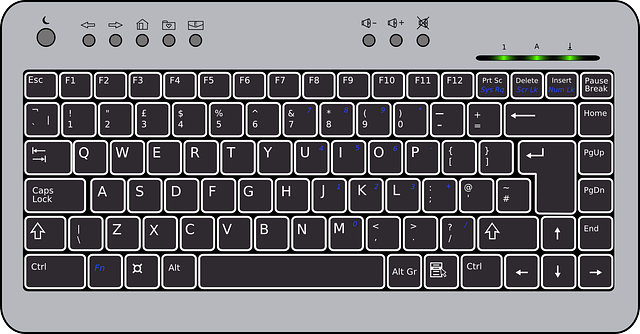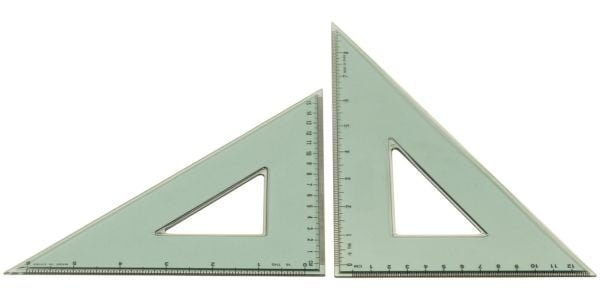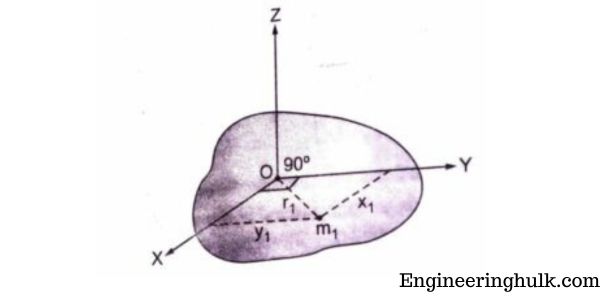Table of Contents
Introduction:
In geometry and trigonometry, angles play a crucial role in understanding the relationships between lines, shapes, and measurements. One such concept is that of supplementary angles.
Definition of Supplementary Angles
Supplementary angles are a pair of angles that, when added together, result in a sum of 180 degrees. In other words, the two angles combine to form a straight line. Each angle in a pair of supplementary angles is known as a “supplement” of the other.
Notation
Supplementary angles can be denoted using different notations. For instance, if two angles are labeled as angle A and angle B, the notation for supplementary angles can be represented as:
– Angle A + Angle B = 180 degrees
– Angle A and Angle B are supplementary angles.
Properties of Supplementary Angles
1. Sum of Measures:
The sum of the measures of two supplementary angles is always equal to 180 degrees. For example, if one angle measures 120 degrees, the other angle in the pair will measure 60 degrees.
2. Straight Line Formation:
When two supplementary angles are placed adjacent to each other, they form a straight line. This property is fundamental in understanding the concept of supplementary angles and their geometric implications.
3. Non-adjacent Angles:
Supplementary angles do not have to be adjacent or side by side. They can be positioned anywhere, as long as the sum of their measures equals 180 degrees. This property allows for the exploration of complex geometric configurations involving supplementary angles.
4. Uniqueness:
Supplementary angles are unique pairs of angles, meaning that if two angles are supplementary to a third angle, they are not supplementary to any other angle. In other words, the complement of one angle cannot be the complement of another angle.
Adjacent and Non-Adjacent Supplementary Angles
Definition of Supplementary Angles:
Supplementary angles are a pair of angles that, when combined, yield a sum of 180 degrees. This fundamental concept enables us to explore the geometric properties and applications of angles. We can further enhance our mathematical comprehension by understanding the distinction between adjacent and non-adjacent supplementary angles.
Adjacent Supplementary Angles:
Adjacent supplementary angles are two angles that share a common vertex and side. They are positioned side by side, forming a straight line when combined. The sum of the measures of adjacent supplementary angles is always 180 degrees.
Properties of Adjacent Supplementary Angles:
1. Common Vertex and Side: Adjacent supplementary angles have a common vertex and share a side, which enables them to form a straight line when combined.
2. Sum of Measures:
The sum of the measures of adjacent supplementary angles always equals 180 degrees. For example, if one angle measures 120 degrees, the other angle will measure 60 degrees, resulting in a straight-line formation.
The Supplementary Angles Theorem: Proof
Formal Statement:
If angle A and angle B are both supplementary to angle C (or congruent angles), then angle A is congruent to angle B.
Proof of the Supplementary Angles Theorem:
To prove the Supplementary Angles Theorem, we can use the transitive property of congruence. Let’s assume that angle A and angle B are supplementary to angle C.
Given: Angle A and Angle B are both supplementary to Angle C.
To prove: Angle A is congruent to angle B.
Proof:
1. Angle A and angle C are supplementary. (Given)
2. Angle B and angle C are supplementary. (Given)
3. Angle A + angle C = 180 degrees. (Definition of supplementary angles)
4. Angle B + angle C = 180 degrees. (Definition of supplementary angles)
5. Angle A + angle C = angle B + angle C. (Substituting the values from steps 3 and 4)
6. Angle A = angle B. (Subtracting angle C from both sides)
By using the transitive property of congruence (step 6), we can conclude that angle A is congruent to angle B.
Applications of Supplementary Angles
Supplementary angles find practical applications in various fields, including:
1. Geometry:
Supplementary angles are extensively used to solve geometric problems, such as finding unknown angles in triangles, quadrilaterals, and polygons. Understanding the properties of supplementary angles helps in establishing relationships between different geometric elements.
2. Trigonometry:
Supplementary angles are vital in trigonometric functions. They aid in determining the values of trigonometric ratios, such as sine, cosine, and tangent. Trigonometric identities often involve the use of supplementary angles to simplify calculations and solve equations.
3. Architecture and Engineering:
Architects and engineers rely on supplementary angles to ensure accurate measurements and precise constructions. They utilize the concept of supplementary angles to determine the angles for roof slopes, window placements, and other structural components.
4. Navigation and Surveying:
In navigation and surveying, supplementary angles are used to calculate bearings and directions. They provide a basis for determining angles of elevation or depression when measuring the height or depth of objects or landscapes.
Also, read Interpersonal management
































Comment on “Supplementary Angles in Mathematics: Definition & Properties”
Comments are closed.